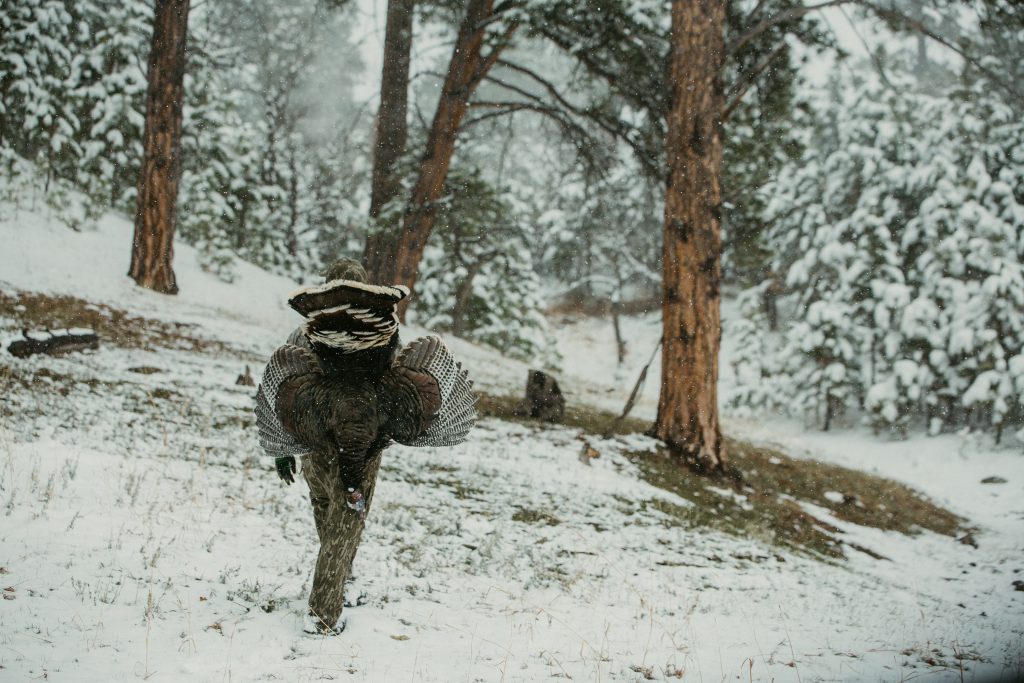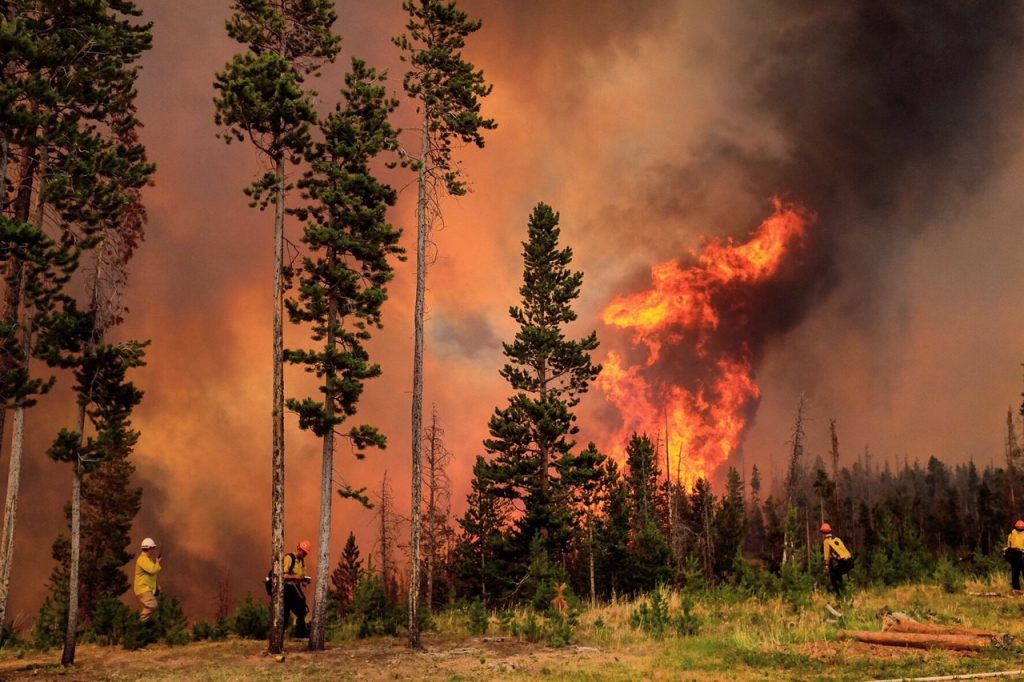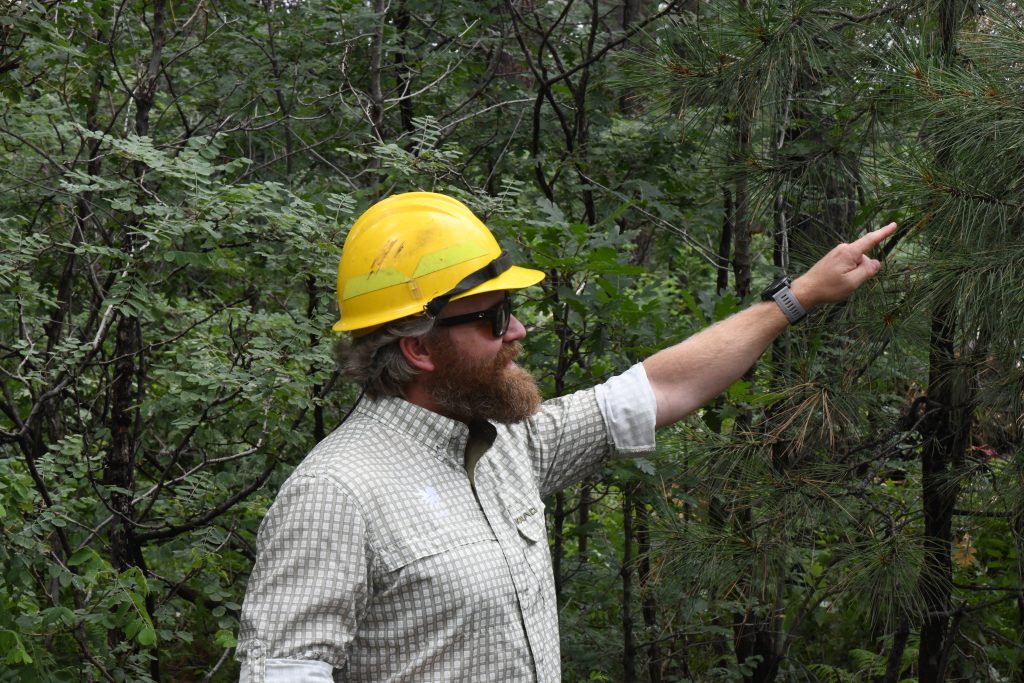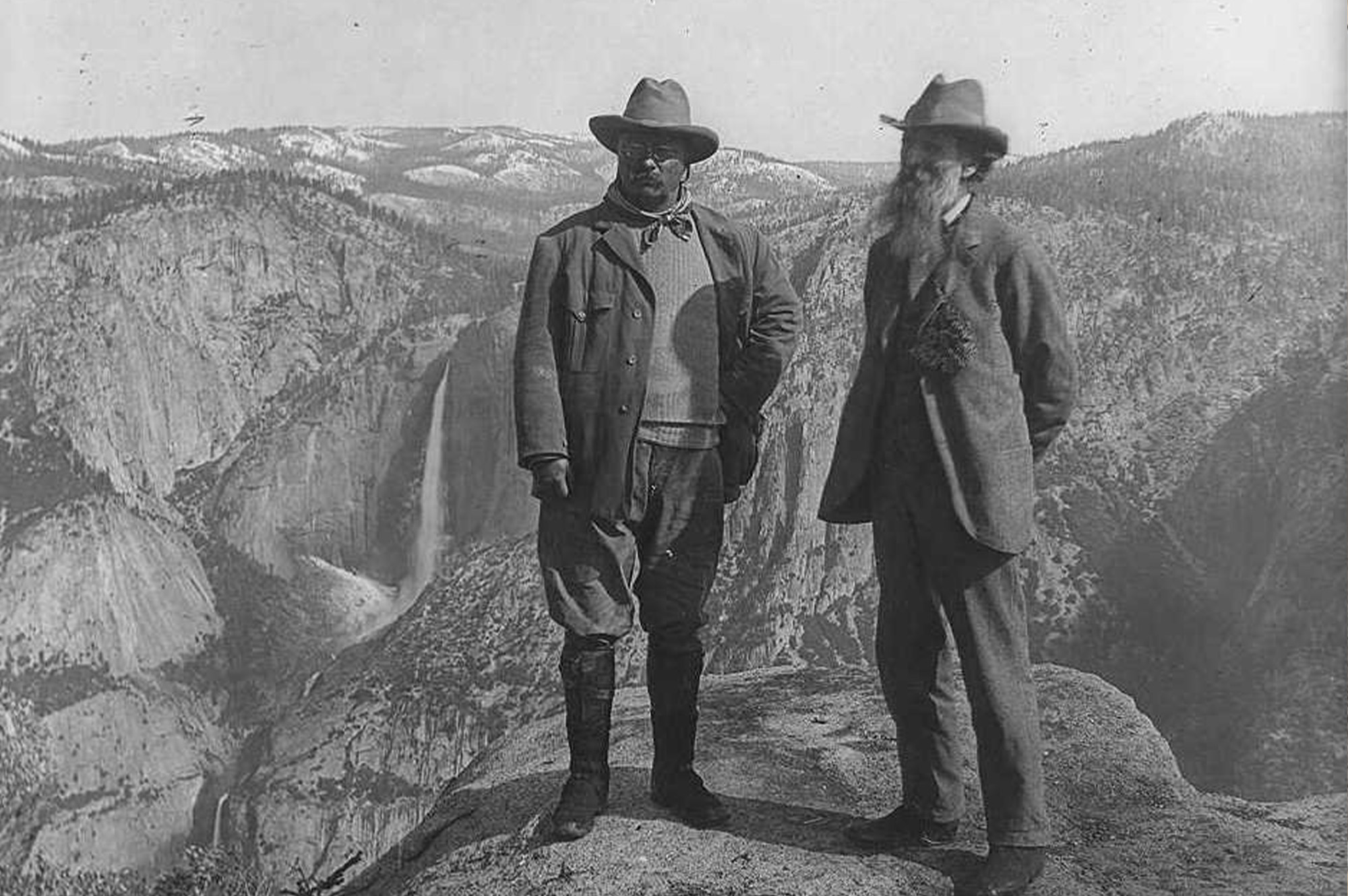Conservation vs. Preservation: Why the NWTF Prefers the Former
The conservation viewpoint, which is what the NWTF espouses, seeks a harmonious relationship with the land, natural resources and humans: a give-and-take dynamic.
By the end of the 19th century, Americans had begun realizing that the land and its natural resources were finite. Maybe the most egregious realization was the reduction of the American wild bison population from an estimated 30 million to fewer than 100. Equally shameful was the exploitation of the passenger pigeon, said to once blackout the day sky with its massive flocks, now extinct. Overharvesting and the improper management of our natural resources — be it the introduction of invasive species, unregulated hunting or carving out the landscape and fragmenting habitat — has made the human imprint more than evident. Like the bison and the passenger pigeon, other wildlife species were not immune from the exploitation. By the turn of the 20th century, there were two differing views on how to reconcile the human impact on the land: conservation and preservation.
Though synonymous by definition, conservation and preservation connote two distinct meanings to land managers, biologists, academics and even lawmakers.
The conservation viewpoint, which is what the NWTF espouses, seeks a harmonious relationship with the land, natural resources and humans: a give-and-take dynamic. Combating the pressing conservation challenges of the day, such as drought, climate change, habitat fragmentation and catastrophic wildfires through active forest management is an example of conservation. Active management leads to resilient forests, healthy waterways and robust wild game populations (and non-game wildlife), allowing all outdoor recreationists to enjoy them into perpetuity.

Teddy Roosevelt, who spearheaded the American conservation movement, once said, "I recognize the right and duty of this generation to develop and use the natural resources of our land; but I do not recognize the right to waste them, or to rob, by wasteful use, the generations that come after us."
Early on, Roosevelt understood the vital interplay between America’s natural resources and the people that benefit from them: To enjoy them, you must conserve them.
“Our forefathers of conservation got it right when they framed conservation as being the wise use of our natural resources, and that to do otherwise would result in a diminished condition that we will pass on to future generations to endure,” said Tom Spezze, NWTF national director of field conservation and state policy.
While the vast majority of conservation organizations and agencies operate under the conservationist viewpoint, some groups think preservation is the way forward.
Preservation, converse to conservation, prevents the use of land and natural resources, so nature remains undisturbed, as before human influence. For example, completely reducing the human footprint on an ecosystem would be preservation; this includes no timber harvesting, no tree planting, no prescribed burning, no wildlife restocking efforts, no hunting and even no fishing.
Proponents of the preservation viewpoint have recently adopted a new term, “proforestation,” that suggests people should be completely separate from forest ecology. Despite the "pro-forest" etymology, this is not sustainable.
Just like the wildlife that humans have exhausted to extinction, forests, too, have been impacted irreversibly and must be managed accordingly.
“There’s no turning back time and preventing the introduction of invasive species or stopping early foresters from putting out every naturally occurring wildfire,” Spezze said. “Humans have made their mark on the landscape, and we must now manage our natural resources to ensure their sustainability for future generations.”
Spezze outlined some of the ramifications if we stopped managing forests, stating the consequences could be catastrophic for wildlife and overall forest health.
“A ‘preserved’ forest can result in a mono-cultured, late seral-stage [a single vegetative species late in its successional stage] habitat condition that serves a limited diversity of wildlife species and results in a watershed condition less resilient to natural events, such as climate change, flash flooding, debris flows and wildfire,” he said.
Wildlife populations that inhabit an unmanaged or "preserved" state overuse their most essential habitat elements, Spezze noted. For example, winter range, nesting cover, roost trees and food sources for wild turkeys would quickly diminish reproductive and population viability without management.
Likewise, landscapes will be less prepared for impeding fires, floods, landslides and insect infestations.
Consider, for instance, the practice of managing forests to be more resilient to catastrophic wildfire. Many forests across America have become overly dense. One of the most notable culprits for this is that, throughout the early 1900s, it was the paradigm to put out every forest fire, regardless of severity or whether it was naturally occurring or manmade. It wasn’t until the second half of the 20th century that forest managers and policy makers realized that naturally occurring wildfires are an essential ecological process.

“The massive wildfires of the western United States are a perfect example of how non-management of a resource can result in poor forest conditions prone to a catastrophic-level wildfire,” Spezze said. “These catastrophic wildfires are the result of unmanaged forests that leave the landscape in a generational recovery timeline and changes not only the forest itself, but lessens wildlife habitat quality, water quality and quantity, air quality, carbon sequestration and even the plant diversity, which can drastically change the landscape into the future.”
As Spezze noted, a preserved forest, stocked with dense vegetation, would have a fate closer to that of the bison.
It's not to say that preservation does not have its applications in certain places, but the vast majority of America’s forests and other wild places require science-backed management: This ensures we and future generations have the ability to enjoy nature’s bounties.
The NWTF is at the forefront of implementing and advocating for conservation as the leading prescriptive tool in today’s age.

Currently, the NWTF and its partners are actively working with members of Congress on a law that would make it harder for anti-forest-management groups to misuse the Endangered Species Act, the National Environmental Protection Act, the Equal Access to Justice Act and the federal court system to keep important forest and grasslands work from occurring on federal lands.
Most lands, public and private, need active management, so our natural resources remain viable for generations to come. To do nothing would be to allow our forests to continue burning, our habitat to degrade further, water quality to diminish and significantly reduce the overall recreational opportunities for Americans – not on the NWTF’s watch.
“We know that our story of the wild turkey is arguably one of the greatest stories of wildlife conservation on the books,” Spezze said. “Conservation and the wise use of our natural resources is as much ecologically driven as it is societally. To paraphrase Theodore Roosevelt, wildlife cannot speak for itself, so we must. Whether we will or not is up to us.”
